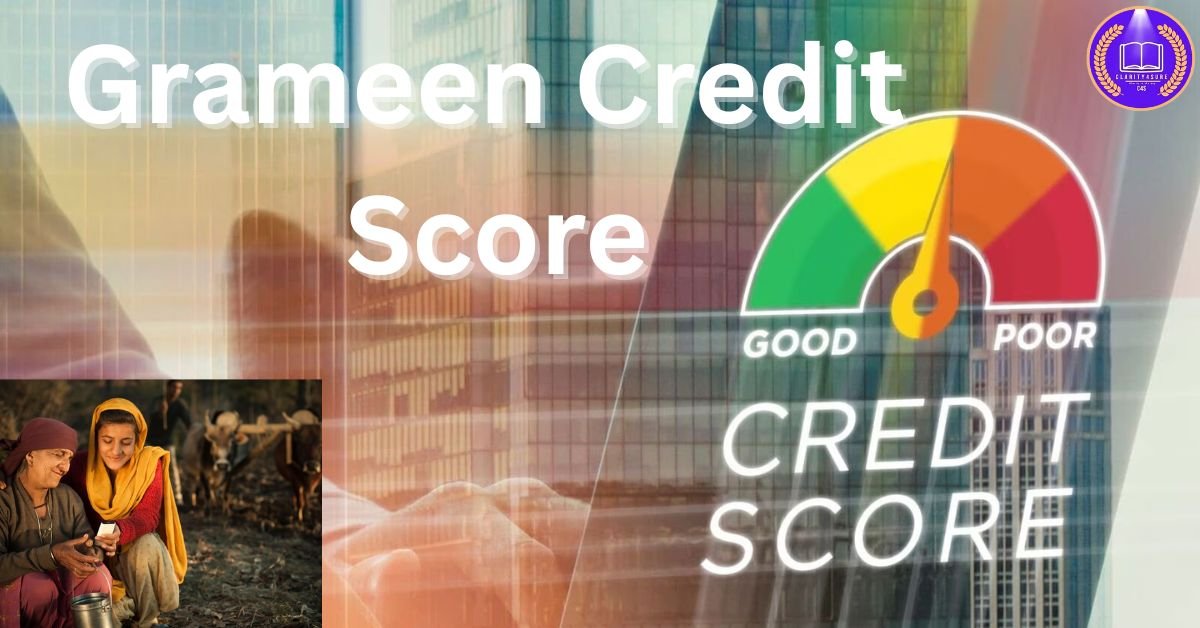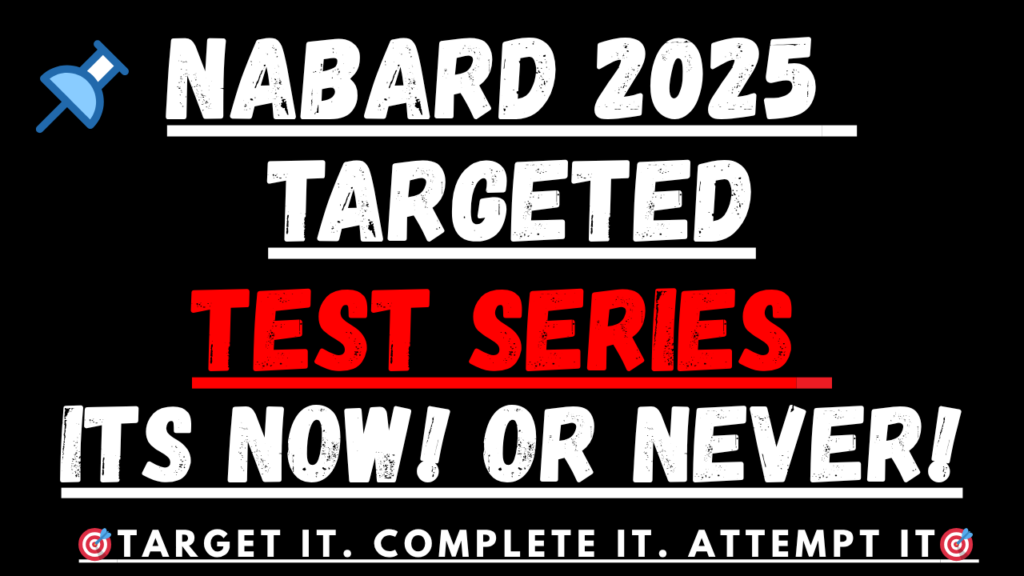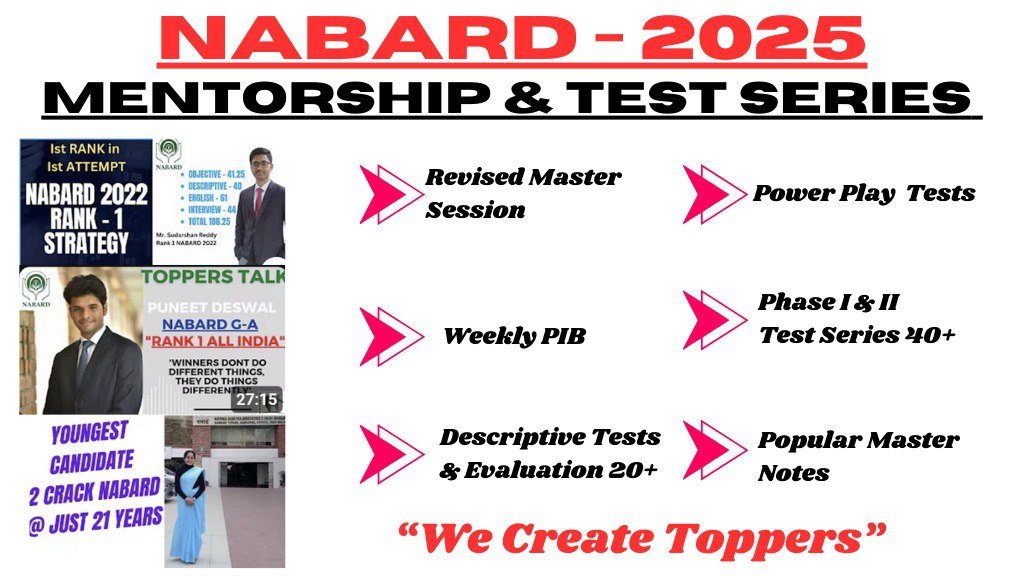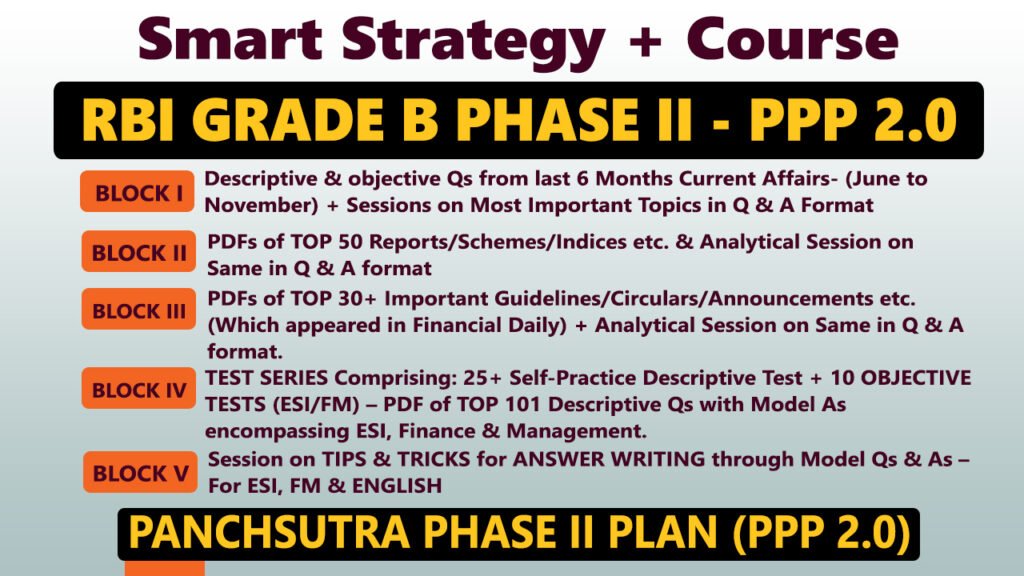Why in News ?
The Union Budget 2025, contained an announcement on Grameen Credit Score, a framework to be developed by the public-sector banks to cater to the credit needs of the members of rural Self-Help Groups (SHGs) and people in rural areas.
Introduction
Access to credit is a fundamental pillar for inclusive rural development. However, in India, a major challenge has been the lack of formal credit history among rural borrowers—especially those in unbanked or underbanked regions. To bridge this gap and enable better financial inclusion, the Grameen Credit Score was introduced.
This innovative credit evaluation tool is tailored specifically for rural India, leveraging alternative data to assess the creditworthiness of individuals who have limited or no access to traditional banking services.
What is the Grameen Credit Score?
The Grameen Credit Score (GCS) is a non-traditional credit assessment system designed to evaluate the creditworthiness of rural and low-income borrowers using alternative data such as mobile usage, utility payments, savings habits, self-help group (SHG) participation, and other behavioral indicators.
Unlike traditional credit scores generated by bureaus like CIBIL or Experian, which rely on formal financial history, the GCS provides a more inclusive approach to assess risk in rural populations.
Objectives of the Grameen Credit Score

- Improve financial inclusion in rural India.
- Enable credit access for those without a traditional credit score.
- Assist banks, NBFCs, MFIs, and fintech companies in better risk profiling.
- Empower rural borrowers with a reliable identity and financial footprint.
- Leverage digital data to foster a more inclusive credit ecosystem.
Components of Grameen Credit Score
The Grameen Credit Score is built on a multidimensional framework of data, enabling a holistic assessment of creditworthiness. Below are the core components:
| Component | Description |
|---|---|
| Behavioral Data | Mobile usage patterns, recharge frequency, call duration, and location data |
| SHG Participation | Regularity in meetings, savings, and internal lending practices |
| Utility Payments | Electricity and water bill payment consistency |
| Livelihood Tracking | Seasonal income, farming patterns, and agri-yield data |
| Repayment History | Informal repayment behavior in SHGs, MFIs, chit funds |
| Digital Footprint | UPI transactions, wallet usage, and SMS-based financial activity |
Socio-Economic Impact of Grameen Credit Score
The introduction of the Grameen Credit Score holds the potential to create transformative socio-economic changes across rural India.
Empowerment of Rural Women
Most SHG members in India are women. By building credit profiles through SHG participation, GCS directly contributes to women’s financial empowerment, enabling them to access loans for:
- Livelihood development
- Education of children
- Health emergencies
Boost to Rural Entrepreneurship
Access to microloans based on GCS allows first-time entrepreneurs in rural areas to:
- Start or expand small businesses
- Purchase agri-equipment
- Set up dairy, poultry, or handloom units
Community Development
As more rural individuals gain access to credit, entire communities benefit from:
- Better infrastructure
- Improved education and healthcare
- Increased awareness of digital financial tools
Stakeholders Involved
| Stakeholder | Role in Grameen Credit Score System |
|---|---|
| NABARD | Conceptual support and pilot programs through SHGs and JLGs |
| RBI | Regulatory framework and data governance guidelines |
| Fintech Companies | Develop scoring algorithms using AI/ML and alternative data |
| Banks & MFIs | Use GCS to assess creditworthiness and disburse loans |
| Self-Help Groups (SHGs) | Provide community-based insights and records |
| Credit Information Companies | May integrate GCS into mainstream credit reporting |
How Does the Grameen Credit Score Work?
The Grameen Credit Score leverages alternative and behavioral data from various sources to compute a score. Here’s how it typically functions:
1. Data Collection
- SHG and JLG records
- Mobile recharge and usage data
- Utility bill payments (electricity, water)
- KYC-linked financial behavior
- Livelihood-based activity patterns (e.g., agricultural cycles)
2. Data Analysis
Using AI/ML models, these data points are analyzed to identify patterns and score risk levels.
3. Score Generation
The score is generated in a simplified form, often accompanied by risk buckets like:
- Low risk
- Medium risk
- High risk
4. Integration
Lenders integrate the score into their loan origination and approval systems to make informed decisions.
Features of Grameen Credit Score
- The Grameen Credit Score is designed specifically to assess the creditworthiness of rural borrowers who often lack a formal financial history.
- It uses alternative data sources like SHG participation, mobile usage patterns, utility payments, and savings behavior to create a more inclusive and accurate risk profile.
- Powered by AI and machine learning, the score is dynamic, tech-enabled, and adaptable to the unique financial behaviors of rural communities.
- It offers real-time updates, simplified scoring, and supports better loan decisions for microfinance institutions and banks.
| Feature | Description |
|---|---|
| Inclusivity | Caters to individuals with no formal credit history |
| Data Sources | Alternative sources: SHG records, mobile data, utility payments |
| Tech-Enabled | Uses AI, Machine Learning, and Data Analytics |
| Real-Time Updates | Dynamic score updating as new data becomes available |
| Risk Profiling | Segmentation into low/medium/high risk to assist lenders |
Potential for Integration with Government Schemes
The Grameen Credit Score can be a strong enabler for government schemes such as:
| Scheme | Integration Benefit |
|---|---|
| PM Jan Dhan Yojana | Help identify eligible individuals for zero-balance accounts |
| MUDRA Yojana | Assess creditworthiness for small and micro business loans |
| DAY-NRLM (SHG promotion) | Strengthen SHG-linked credit delivery through score-based loans |
| PM-KISAN & KCC | Use GCS to evaluate repayment capacity for farmers |
| Stand Up India | Boost funding access to SC/ST and women entrepreneurs |
Benefits of the Grameen Credit Score
For Borrowers:
- Access to formal credit despite having no traditional credit score.
- Builds a financial identity.
- Empowers them to negotiate better loan terms.
For Lenders:
- Better risk prediction for first-time borrowers.
- Reduced NPAs (Non-Performing Assets) due to informed lending.
- Expand lending portfolio in underserved markets.
For the Economy:
- Boosts financial inclusion.
- Supports growth of rural entrepreneurship.
- Increases participation in formal financial systems.
Grameen Credit Score vs Traditional Credit Score
| Feature | Traditional Credit Score (e.g., CIBIL) | Grameen Credit Score |
|---|---|---|
| Data Basis | Credit card & loan history | Alternative data & behavior |
| Coverage | Urban & semi-urban | Rural, unbanked & underbanked |
| Source of Data | Banks, NBFCs, financial institutions | SHGs, telecoms, utility providers |
| Digital Footprint Needed | Yes | Minimal or none |
| Score Usage | Personal loans, credit cards, housing | Microloans, agri-loans, small biz |
Challenges and Limitations
While the Grameen Credit Score is a promising initiative, it faces several hurdles:
- Data Privacy:
- Collecting behavioral data poses privacy concerns.
- Standardization:
- Lack of uniformity in SHG records across regions.
- Awareness:
- Limited understanding among rural borrowers.
- Integration:
- Traditional lenders may be hesitant to trust alternative scores.
- Digital Divide:
- Limited internet and smartphone penetration.
Way Forward
To fully realize the potential of Grameen Credit Scores, the following steps are essential:
- Massive awareness campaigns at the grassroots level.
- Strong public-private partnerships to build robust scoring frameworks.
- Investment in digital infrastructure in rural India.
- Clear regulatory frameworks to safeguard data usage and privacy.
Conclusion
The Grameen Credit Score is not just a tool—it is a movement toward inclusive finance. By redefining creditworthiness using local context and alternative data, it empowers millions of rural Indians to step into the formal financial ecosystem. As technology, regulation, and rural digitization mature, the GCS will be a game-changer in India’s journey toward equitable financial access.




















